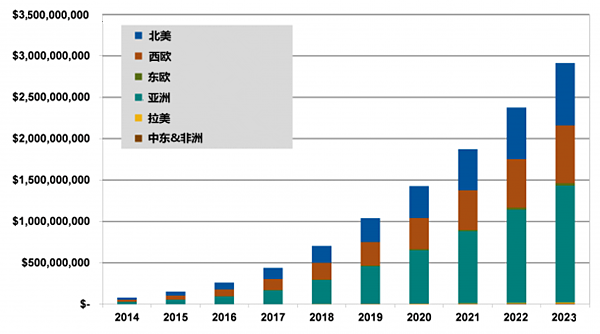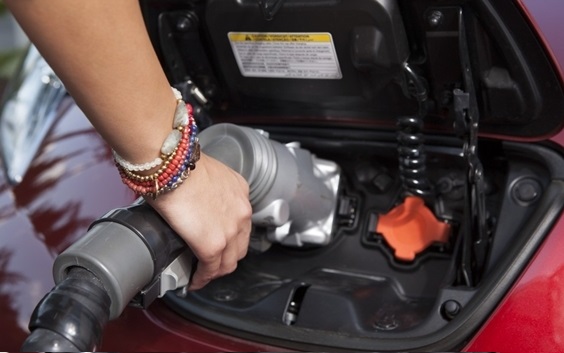How can public charging stations make money for free? Listen to americans
release date:2019-09-11 viewed:801
The expansion of public charging networks will make it easier for electric cars to travel and attract more consumers to buy them, which is why automakers, operators and governments around the world are working hard to build more charging stations. However, from construction to operation, there are huge costs, and the charging service provided is often free. This remains an unsolved problem and continuing challenge not only in China but also in other countries, and no one yet knows how public free charging will be profitable, or even whether the big business will be profitable.
So will there be changes in the future? Is electric car charging a sustainable business? According to a blog by Navigant Research, stakeholders' investment in charging sites is necessary and will incur high installation and operating costs, but the real question is how these sites will be used, that is, how many electric cars will be charged every day, and how many owners will be willing to pay to charge them.

In the United States, most of the public charging places are equipped with 240-volt 2-stage charging piles. The investment model shows that if the utilization rate is high and the price is appropriate, it will also bring reasonable return on investment (ROI). The connected 2-stage charging pile has two plugs and usually costs $5,000 to $6,500. Installation costs vary, but they account for a large portion of the upfront investment. On the contrary, operating costs are actually very low. Typically, the operator of the charging station pays a monthly service fee to the network operator, and in some cases, the two share the profits.
Public charging piles can be used for only a dozen hours a day, and if the two plugs of one pile can be charged 10 times a day for $2.00 each, it will take five to six years to recoup the initial investment. This is a more optimistic assumption than reality, because many public charging piles in the United States are less than 10 times a day.
Electric cars usually take several hours to charge. Waiting times can be long for a full charge, and many owners see public charging stations as just a backup of charging at home or work "just in case." Most car owners are reluctant to pay the cost, because the cost of charging for $2 for an additional 32 kilometers is less than $1 if you charge it at home. In this case, charging at a public station is not cost-effective for many car owners. Don't forget that electric cars with longer ranges will be on the market in the next two years, and the need for daytime charging is likely to decrease.
Doesn't that mean there's no money to be made on stage 2 charging piles? It's not impossible. Public charging should not only continue to provide free charging service, but also attract more customers. From the perspective of economics, many businesses are willing to maintain free charging service, so customers will extend shopping time. Charging might just be a bonus, like the free wi-fi people get at malls and coffee shops.
Even though most level-2 charging piles are still free, Navigant predicts that overall revenue from charging electric cars will grow to $2.9 billion by 2023, from $81.1 million in 2014. This includes the money made by dc charging devices, which are expected to earn more than those made by stage 2 charging piles. However, it is not yet possible to say that fast charging is a reliable source of profit, as there is no proof that any company has made a profit from this.

Revenue forecast of charging services in various regions of the world from 2014 to 2023 (unit: us $)
Dc fast charging is indeed faster. It usually takes about 30 minutes for the battery to reach 80% of its power. Of course, the cost of installing and operating a dc rapid charging device is also higher than that of a stage 2 charging pile.

At present, the number of electric vehicles on the road in the United States is far less than half a million, many models do not have fast charging ports, the rapid charging market has a lot of room for development.
- Previous posts:Good continuous new energy car spring is far away


 Brand Hotline:400-6699-350
Brand Hotline:400-6699-350 Address: Hefei High-tech Zone
Address: Hefei High-tech Zone
